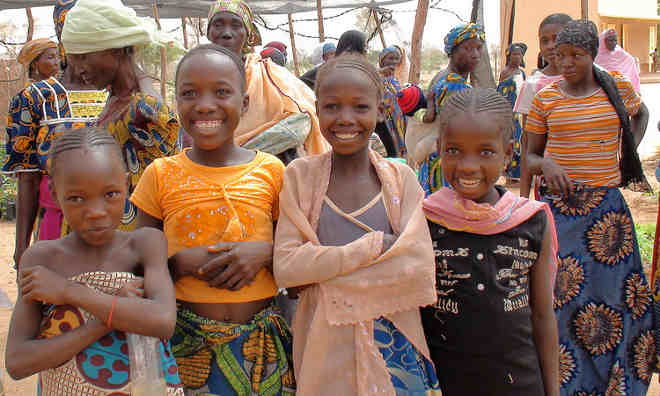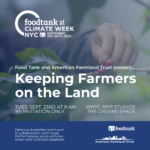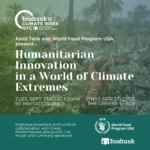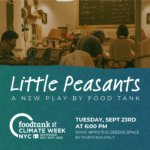To celebrate Earth Day, we’ll be highlighting the importance of farming for protecting biodiversity, enhancing soils, creating economic opportunities, and improving nutrition.
Farmers around the world are aging rapidly. Labor-saving technologies and new opportunities in cities have sent young people from farming families to new career paths, so much that 25 percent in the United States. farmers are now 65 or older. In some industrialized countries, such as Japan, nearly half of all farmers are over the age of 70. Meanwhile, in countries with young populations, such as Uganda, farming is seen as a career for people with no other options. But there are many opportunities for agriculture and youth to help each other. At a time when young people are struggling economically around the world, agriculture offers fulfilling jobs that support healthy people, healthy economies, and a healthy planet.
In the United States, the youth unemployment rate is currently more than double the national average, at 16.3 percent. The U.N. International Labour Organization predicts that, globally, there will be 74.2 million unemployed young people this year, an increase of 3.8 million since 2007. However, sustainable agricultural practices, including permaculture, and social media are opening up opportunities in agricultural innovation for young people.
This is true for Paul Peter Kades, currently a voice actor for the radio and comic series ShujaazFM, which teaches youth about food, agriculture and other issues in Kenya. It is also true for Sarah Elizabeth Ippel, who, at 23, started the Academy for Global Citizenship in Chicago’s Southwest side, an environmentally conscious public charter school with all-organic meals and a student run garden. And it is also true for the members of the Service Cooperative of Self-Employed Idealistic Youth, eleven young people growing crops, running children’s programs, and speaking up for rural development needs in their village in central India.
Instead of waiting for change to happen, youth are finding ways to address hunger, obesity, food waste, urbanization, and a whole range of other problems.














